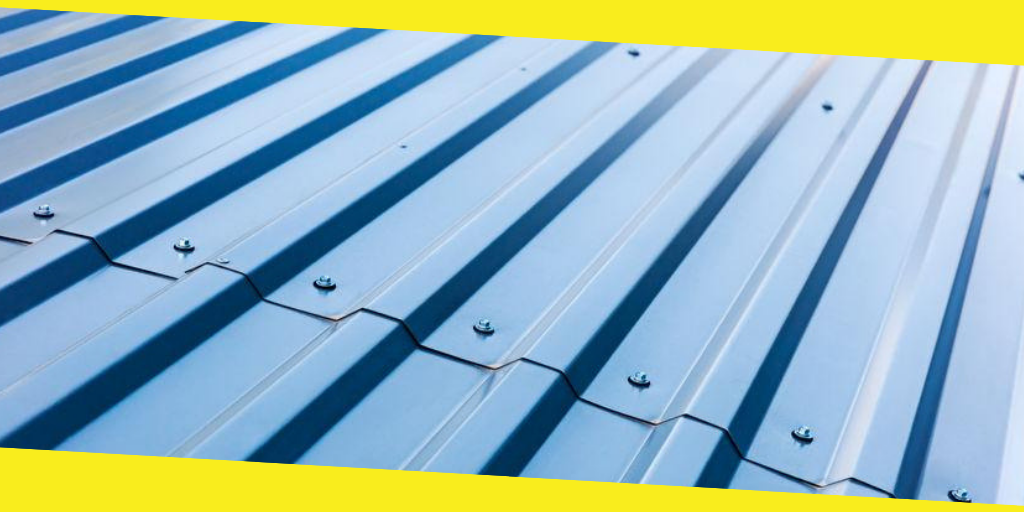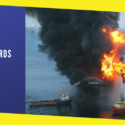What are Metal Cladding Panels?

In case you did not know, you can always use metal profile sheets for external cladding. In fact, they are common utilized in industries or sectors, such as agriculture, industrial, and even retail and/or leisure building. They are also in a variety of corrugated profiles, which can include sinusoidal, trapezoidal, or half-round, just to name a few.
The profiles are directly manufactured from metal sheet cladding. From there, they are fed through banks of forming rollers. But as technology advances, the different manufacturing techniques have become modernized. For instance, metal cladding panels can now be pre-aged or even coated with preservatives. Even more so, they can be easily painted using a wide range of colours and textures.
Contents
ToggleTypes of Metal
Before we go further with metal sheet cladding, it is important to understand the different types of metal. Basically, there are four of these that are commonly used. They are listed below:
- Steel – Although considered to be the most affordable in the list, it is far from being durable. In order to achieve a robust finish, this metal is often supplied alongside a hot-drip galvanised.
- Aluminium – This type of metal is very lightweight. The only different, though, is that it comes with a specialised hard protective layer capable of steering itself clear from corrosion.
- Zinc – Not only is zinc proven to be highly durable, but it can also easily become an aesthetically-pleasing one. However, it can easily be covered with lead-like hue if untreated.
- Copper – Of all metal types here, copper is the only one capable of achieving better longevity. Even more so, it does not require much maintenance.
Types of installation
Built-Up Sheeting
This one right here is expected to be assembled on site. In most cases, it consists of at least four components. They are as follows:
- A thin internal liner that makes sure there is air tightness
- Comes with insulation like mineral wool
- Equipped with space bars or brackets for supporting the metal cladding
- Guaranteed profiled metal facing sheet, so it can bring forth weather protection
It is worth noting that built-up sheeting can come in different patterns. These are horizontal, vertical, and diagonal. In some cases, though, there is a need to fix it in place through self-tapping fixings. The latter, in particular, is specifically designed to perfectly match the chosen finish.
Composites
This is where two metal skins will be bonded directly an insulating core. As a result, a so-called composite “sandwich” panel is achieved. As for the component, it can be a variety – from zinc to aluminium to stainless steel to titanium. Moreover, there is a great array of options in terms of colours, profiles, and finishes.
Cassettes
Cassettes are kind of the same with composites, especially since it comes with liners and insulation. But if there is a huge difference, it is basically having intuitive interlocking jointing systems. These make it possible for efficient and quicker installation to be achieved. Because of its qualities, cassets are proven to be highly applicable when it comes to low and high-rise buildings.
Standing Seam
This system can be supplied in different manners. For starters, they can be done as pre-insulated panels. If not, they can also be as sheets that are developed and crimped on site. The latter, however, should be done prior to being directly applied to a substrate like plywood. It is worth noting that standing seam systems do not necessarily come with exposed mechanical fasteners. However, they utilize special weather tight clipped joint that results in a unique projecting seam. Since this system offers a great amount of flexibility, it is very possible to form curves with ease. Even more so, it can offer unbroken finishes across walls and roofs.
Rainscreen
A rainscreen is part of a double-wall construction. In most cases, this one right here is formed of virtually thin and pre-fabricated panels. With its characteristics, it can easily prevent substantial amounts of water. As a result, water is easily kept from entering the wall construction.
Metal sheet cladding is not necessarily a complex process, although it may involve different types of metals and installation. By understanding all of these, you can better find a way to use it to your advantage.
Recommended For You
How to Sell Cryptocurrency in India | Binany Trading Platform
Most Inside
Most Inside offers high-quality recommendations and valuable updates to enhance all aspects of your life, providing premium guidance and enriching experiences.




